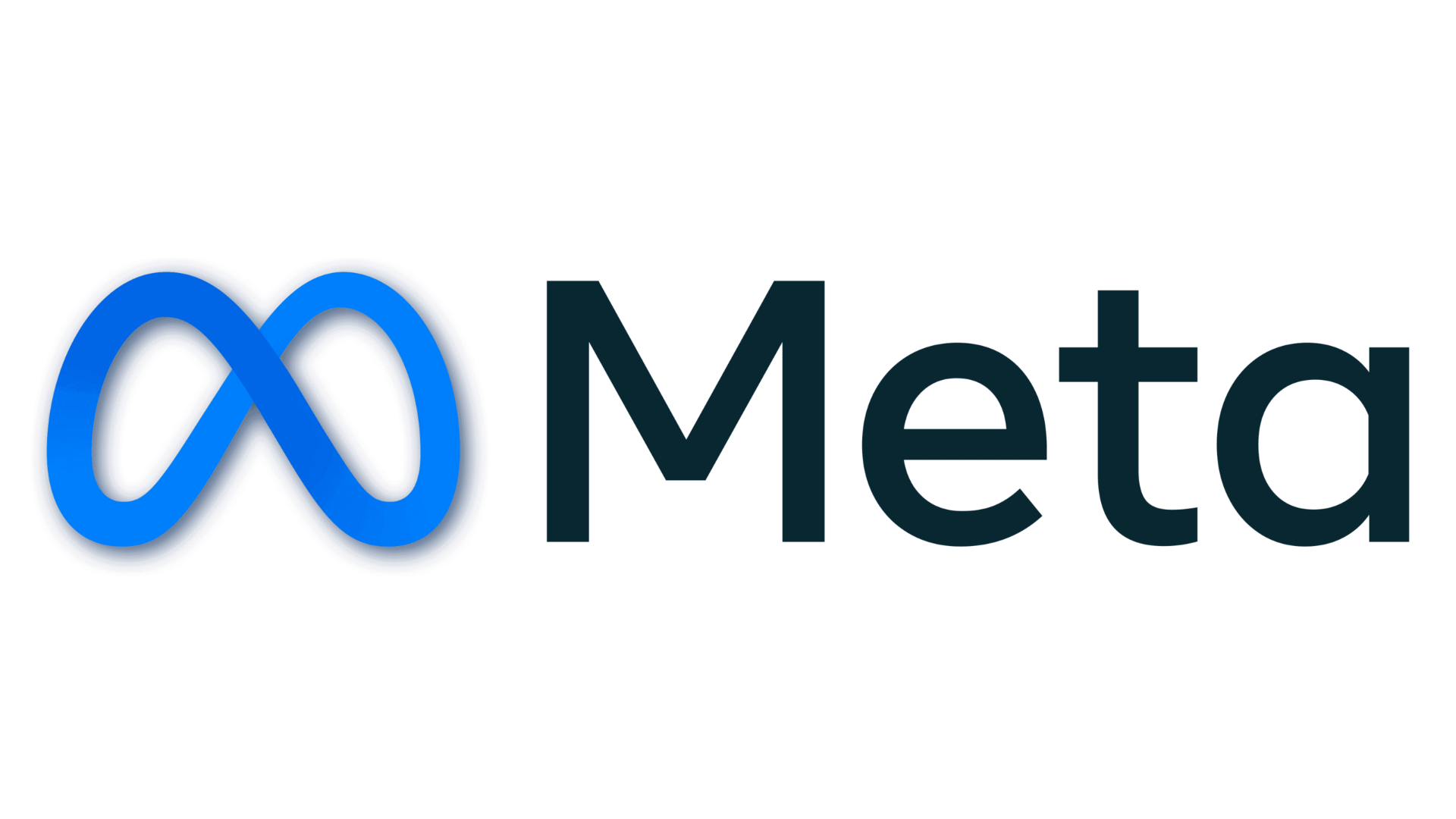Empowerment trends in the workplace

Empowerment in the workplace is no longer a catch phrase that can casually be inserted into a company’s mission statement. Rather, it requires a full commitment to understanding what it entails followed by the development of a strategic plan that can be implemented at all levels.
But, before we get into what needs to be done, companies need to fully embrace what empowerment means. Beyond creating an environment where employees feel valued, engaged, and motivated to take ownership of their work and make meaningful contributions, empowerment entails creating a space where resources, autonomy, and support are available to push a team to excel.
How to get there
Some of the best empowerment practices with real impact are relevant and easy to implement. For example, redistributing leadership roles has yielded wondrous results for companies. Indeed, classical leadership styles and office structures are no longer the norm. Instead of relying solely on top-down decision-making, the new norm is all about empowering employees at all levels to make decisions and take on leadership responsibilities, fostering a culture of collaboration and shared accountability.
On the other hand, it is important to note that with added responsibility comes added stress, which is why prioritizing employee well-being is essential to ensure that they bring their best selves to work. Best practices involve providing access to mental health resources, promoting work-life balance, and offering wellness programs.
Another tip is to make the workplace fun, and what better way to do that than by providing opportunities for continuous learning, skill-building, and professional development? With countless resources available from training workshops to online learning platforms, educating employees has never been simpler. Mentorship programs are also highly recommended, as they offer employees the chance to learn from their peers in the office while gaining invaluable hands-on experience.
Corporate responsibility towards employees
As a company working in the CX space, we realize that people come with different wants and needs, not all of which may be clear from the get-go. This is why transparent communication plays a crucial role in empowering employees. By adopting open and honest communication practices - while ensuring that employees have access to relevant information - a culture of trust, collaboration, and ownership is eventually observed.
An invaluable part of the empowerment puzzle is, without a doubt, technology; and companies are adopting technology-enabled empowerment at warp speed. Examples include leveraging digital tools and platforms to streamline processes, enhance communication and collaboration, and provide employees with real-time feedback and recognition.
Lastly, now more than ever is the time to take a look at your company structure and genuinely assess whether or not you are truly embracing diversity and promoting inclusivity. Then take the steps needed to ensure that all employees feel valued, respected, and heard regardless of their background or identity. By implementing strategies that ensure equal opportunities, fair treatment, and representation across all levels, everyone wins!
Conclusion
These practices reflect an employee-centric approach to drive innovation, engagement, and success. By embracing these recommendations, organizations can create an environment that not only fosters empowerment but ensures long-term employee satisfaction, boosts motivation, engagement, and productivity, enhances innovation, and promotes a culture of collaboration and teamwork. And who doesn’t want that?


